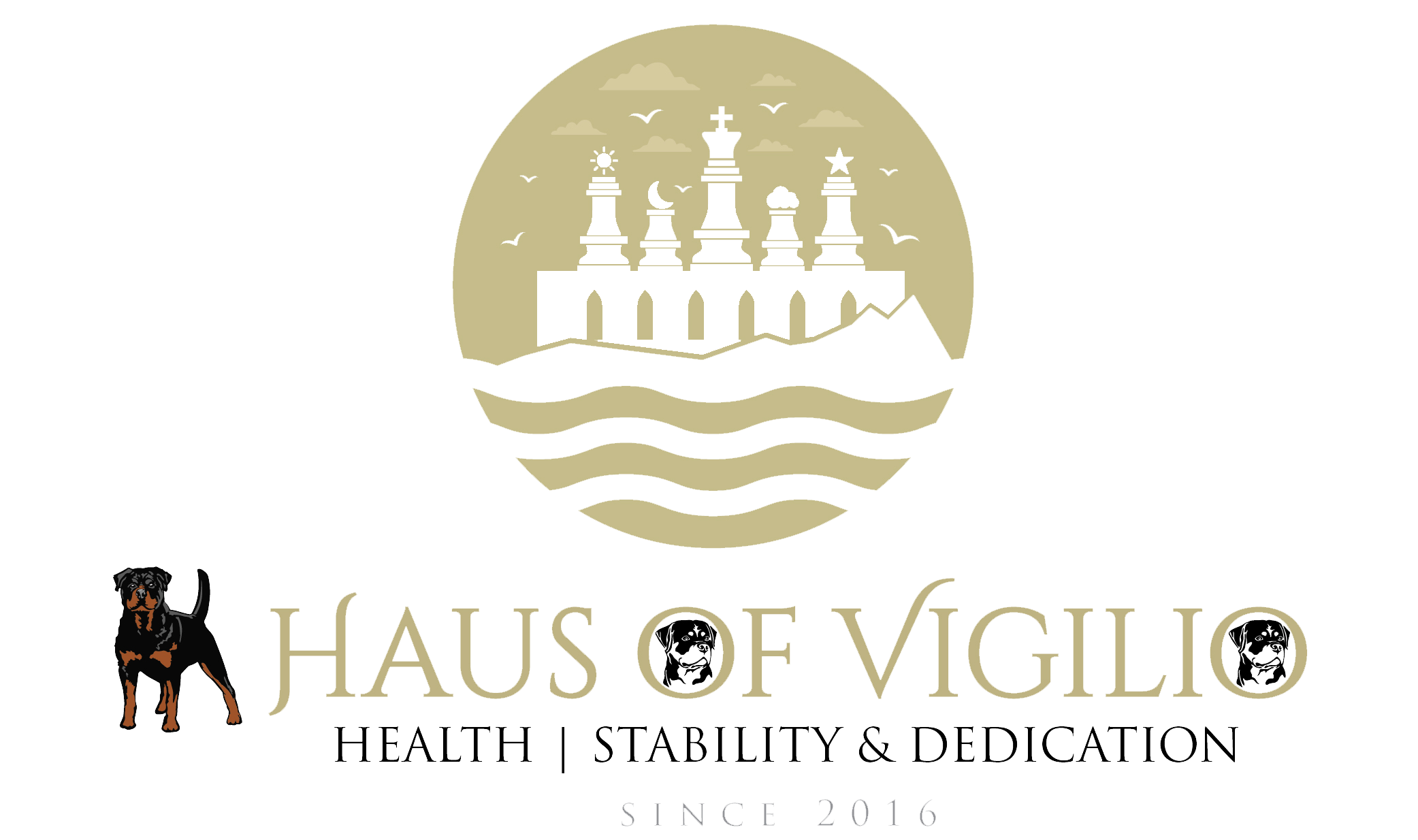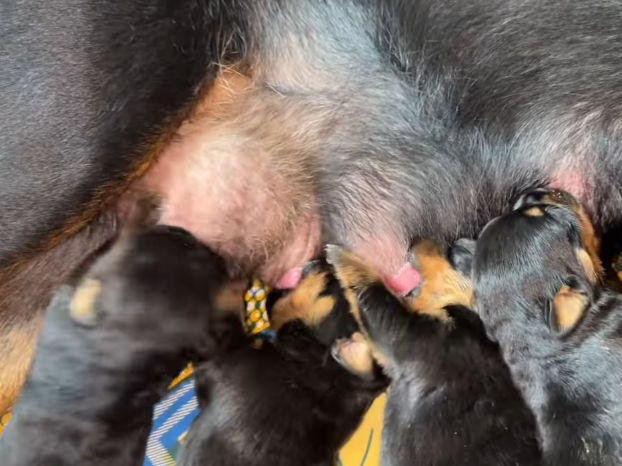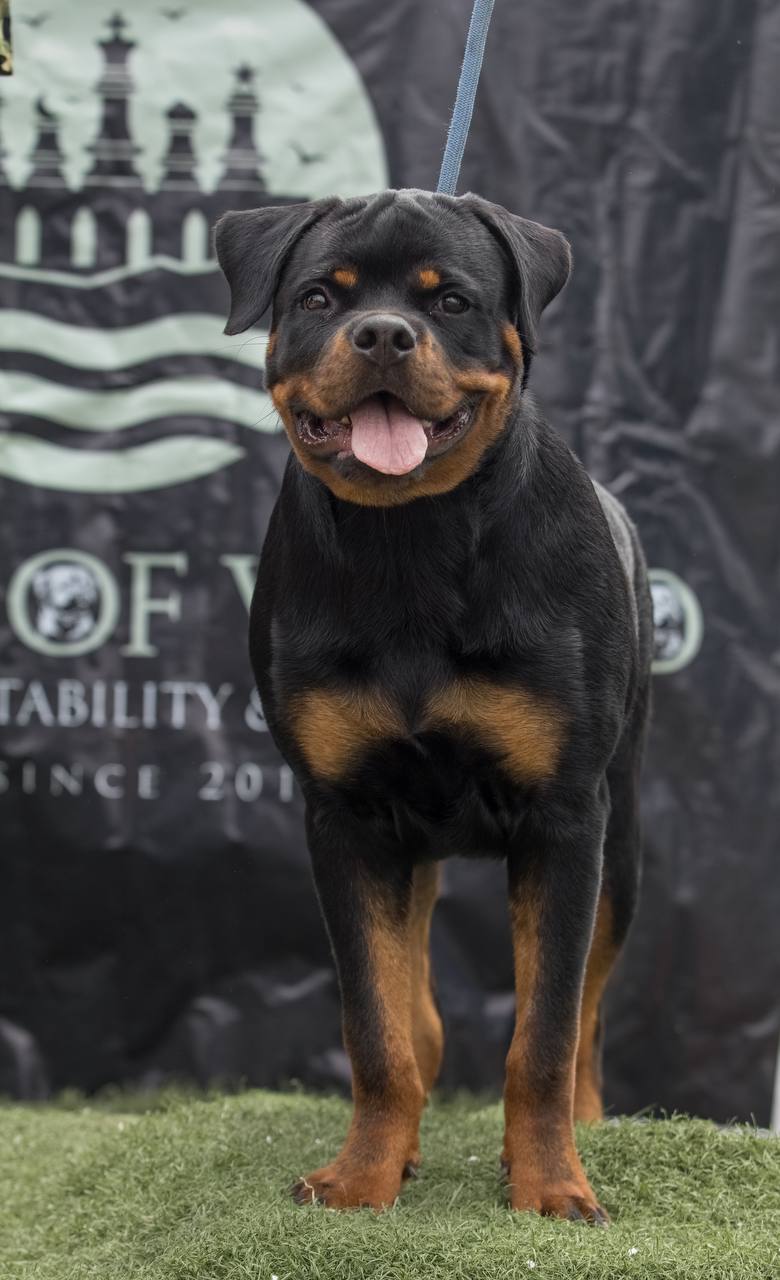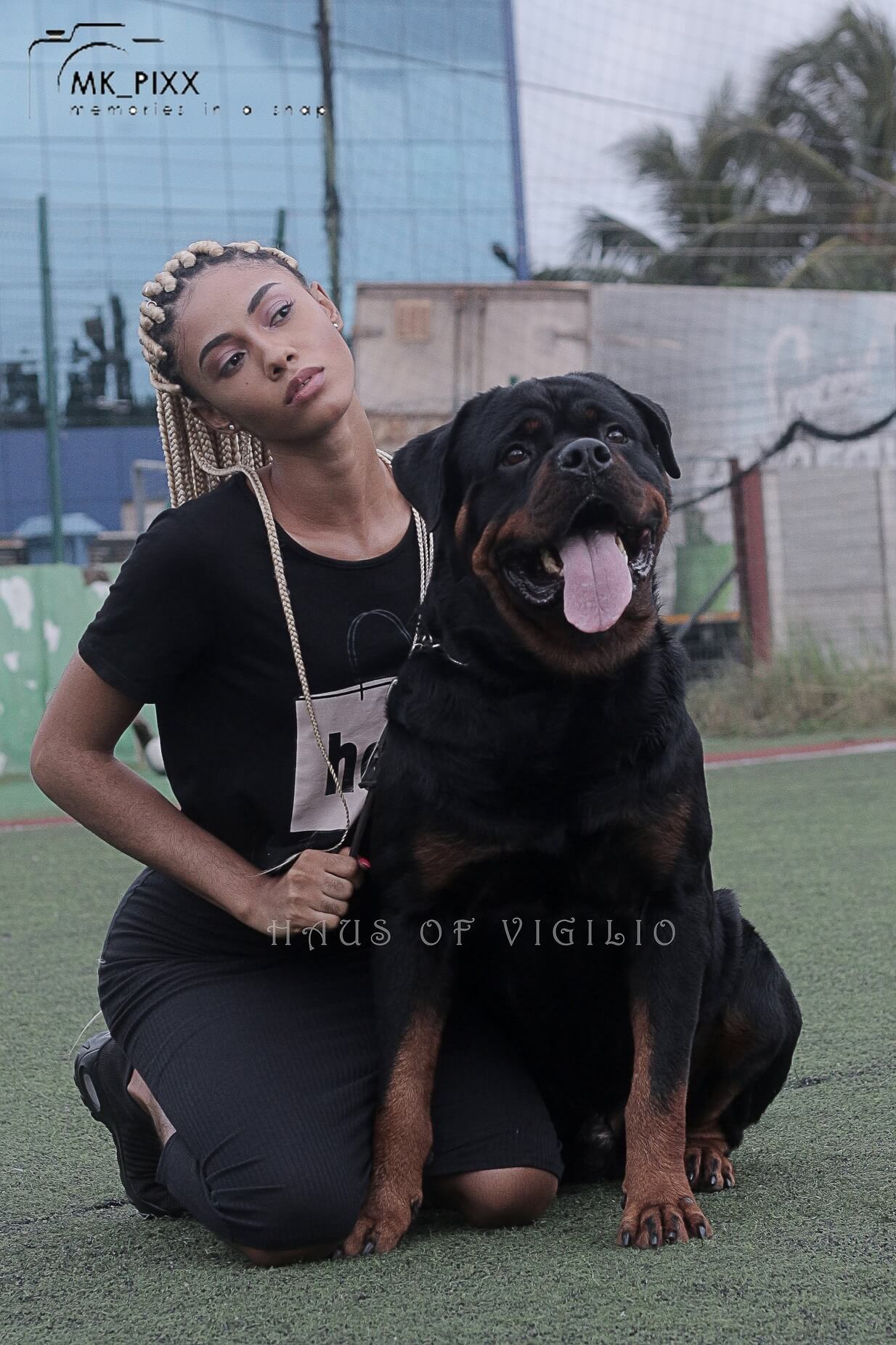Often even experienced canine specialists, when defining the constitution of a dog, confuse the CONSTITUTION with the physiological condition of the body (CONDITION), which depends on:
- the age
- for inquiries
- state of muscularity
- a blanket of wool
- of the general kind
- conditions of keeping, feeding and use of the animal
The physiological condition of a dog’s body is called condition, and often contradicts constitutional assessments, when, for example, a large dog with good bones, looks excessively dry and thin with bulging bones, due to disease or malnutrition. Or, vice versa, raw, flabby, on thin legs, with a small dry head, with a fat overfed body, with floated fat muscles, looks big and fat.
In dog breeding, it is common to divide the following conditions of a dog:
- Condition of the factory
In which the dog in terms of quality completely meets the standard of the breed (degree of questionability, strong and strong muscles, shiny, well-developed fur coat). - Working condition
Due to the working conditions, it is characterized by average dormancy, well-developed muscles with a lack of fat layer, and from working in certain weather conditions, the fur can have a heavily developed undercoat, which spoils the dog’s appearance. - Getting a workout in
Characteristic of service-sport dogs prepared for challenges and competitions. It is expressed in their satisfactory response, good performance, which is achieved through adequate feeding and daily exercise. - Show condition
Distinguishes by good medium manners, strong, strong and relieved muscles, shiny, well-developed fur cover, depending on the requirements of the breed standards according to the constitution type, and additional outstanding appearance, grooming, besides in care of the fur, trimmed, if required by the standard, with shaved claws etc. - The tribal fitness
Is characterized by the same parameters as exhibition condition, without elements of showy appearance, is achieved by appropriate content, care and feeding. - Exhausted the fit
Is distinguished by poorly developed muscles, acting as ostrich spines of the spine, which are well viewed, especially in smooth-haired breeds, this is often added to by a shabby gait, weak ligaments, dull, ungroomed hair, etc. - Excess (fat, overfed) condition
Characterized by the abundant deposit of fat tissue in the subcutaneous fiber, the dog becomes round and flowy. Muscles are smoothed with a fat layer, the back is excessively wide, the abdomen is not tightened well. A lazy dog gets tired quickly.
Both exhaustion and excess condition indicate a dog’s painful condition, improper feeding and maintenance, and of course, greatly impact external assessment and tribal use.
Polishchuk F. .. , Trofimenko A. L. ,
“Cinology”, a textbook for universities.






